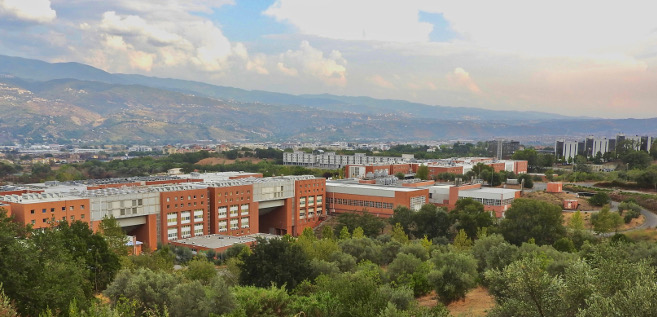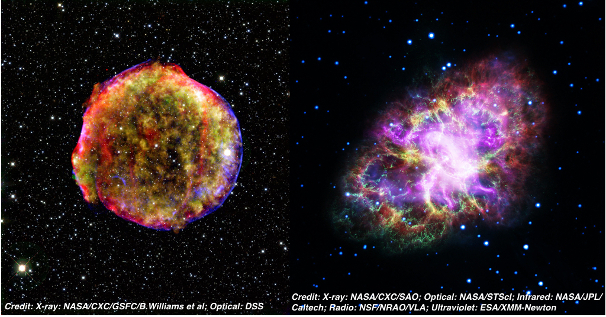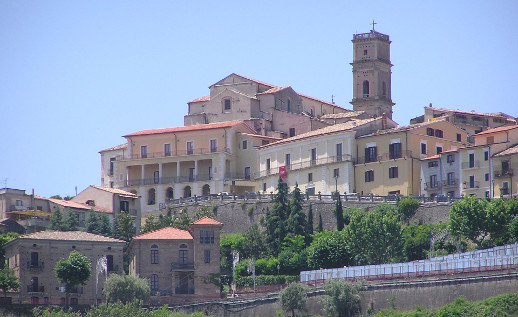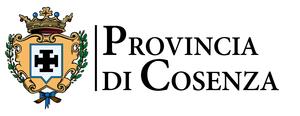About Cosenza and Rende
Cosenza
Cosenza takes its name from Consentia , meaning the consent of the Bruzia league to the rejection of the Roman aggression.
Cosenza is peculiar for being clearly dived into a new town lying in the plain side and an old one, which abruptly rises from the river banks of Busento and Crati up to the dominating prospect of the Norman castle.
The Busento river is famous for keeping in its bed (a legend says) the tomb of Alaric, king of the Goths, who died here during his siege to the town in the year 410 a.D. An equestrian statue on the spot where the two rivers meet recalls the event.
By the same river there is a Dominican convent with a magnificent church and a rococo chapel inside. The place was a center of studies but Napoleon's troops deprived it of its precious cultural patrimony.
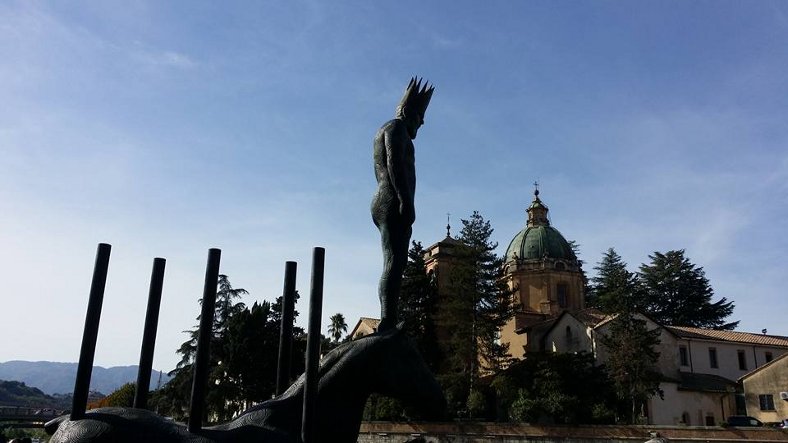
Picture: The equestrian statue of Alaric and the San Domenico church in the background
Cosenza was said the Athens of Calabria because it thrived with humanistic studies. Bernardino Telesio, a preeminent philosopher, is the most relevant figure of this tradition. Corso Telesio, named after that personage, opens the visit to the old side, commonly called Cosenza Vecchia (vekkia), whose uniqueness is to have preserved almost unchanged its ancient aspect. It has been deserted by its commercial life during the 60's-70's of the last century in favour of the new side. Remains of the roman town are visible in different parts of the old side particularly in piazza Toscano nearby the Cathedral. Also some parts of the road network follow the old Roman track. The Cathedral goes back to the thirteenth century; it preserves an Hellenic sarcophagus, the tomb of Henry VII, a son of the emperor Frederic II and the tomb of Isabella of Aragon. Just some scanty remains of medieval frescos are still visible on a column on the right side of the nave.
Remarkable are many outstanding sixteenth century palaces like palazzo Sersale, which keeps remains of a Roman bath inside the courtyard.
After the Cathedral you meet the Arcivescovato (the seat of the Archbishop) with Museo Diocesano, which keeps the Stauroteca, a medieval enameled cross, given by the emperor Frederic II.
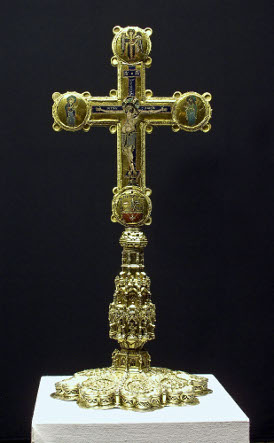
Picture: The Stauroteca medieval cross.
Corso Telesio has been the street of the goldsmiths, whose last vestige is a small oven inside a bookshop.
A visit to the remotest parts of the old side offers surprising beauties like pretty squares, churches, like San Francesco of Assisi with Flemish paintings, the Giostra Vecchia neighborhood and much more. At the end of the Corso you enter XV Marzo square with a monument to Telesio, the Rendano theatre, recalling the local music composer Alfonso Rendano, the Academy founded in the early sixteenth century, the town library, rich with precious books among which some published here in the fifteenth century. Before the Villa Vecchia, an allegorical statue remembers the sacrifice of the Bandiera brothers and their Calabrian followers in 1844, executed by the Bourbons in the Vallone of Rovito (near Cosenza) for having carried out an attempt in favour of the unity of the nation. The Norman castle, previously a Bruzia fortress, dominates the scene of the square.
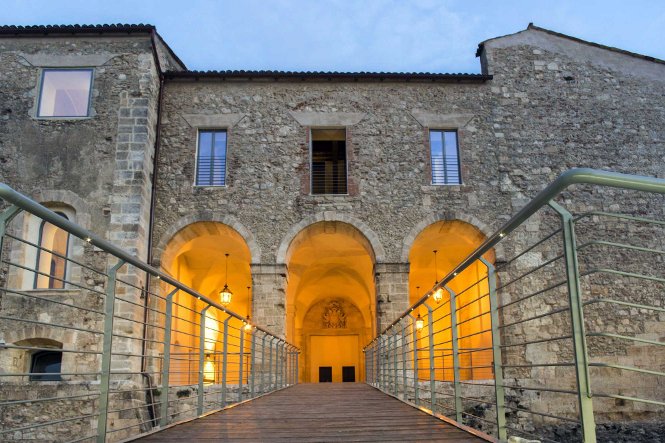
Picture: The entrance of the Norman Castle
On the opposing hill there is the church of San Francesco of Paola with an impressive statue of a knight in his joust equipment standing on his own tomb. From this place, a large view showing the old and the new sides altogether opens to the visitor.
Not far behind the church there is Palazzo Arnone, now the seat of an art gallery with paintings of seventeenth century art mainly and a section to Boccioni with one of the few copies of his famous statue muscles in movement.
From Porta Piana, an old entrance to Cosenza, a spectacular view on the new town can be enjoyed with the recent Calatrava bridge and Corso Mazzini, almost an open air museum with works by De Chirico, Manzù, Dalì, Modigliani, Rotella and other artists.

Picture: The Calatrava Bridge just inaugurated in Cosenza
For further information about the town of Cosenza and touristic attractions, please visit www.cosenzaturismo.it
Rende
The ancient population of Enotrii founded near the river, which they called Acheronte the early Acheruntiaand subsequently Pandosia. However, the area was not adapted to defend the population during wars, so that some Acheruntini left the area for a more defensible site: today's Nogiano. This new settlement, which dates from 520 BC, was named Aruntia ("the houses of the strong") and afterwards Arintha.
During Roman domination, Arintha was a Municipio and fell into the hands of barbarians in 547 AD. Later, in 1059 the area was under the Norman domination, under the control of Robert Guiscard. Subsequently, the control passed in the hands of the son of Robert Guiscard, Bohemond de Hauteville, who decided to build a castle on the solitary hill between Surdo and Emoli, dominating the valley of Crati. In this period, for the first time appears in official documents the name Renne, which means Kingdom in the old French language (idiom of the Normans).
Later on, Frederick II confirmed the membership of Rende‘s lands to the Archbishop of Cosenza. When the King came to Cosenza for the inauguration of the cathedral in 1222 the citizens of Rende were present with their banner.

Picture: The church of Santa Maria Maggiore in the old town of Rende
In 1437 Rende, like Calabria, came under the Aragon dominion and with the advent of Charles V the feud was elevated to a Marquisate under the control of Fernando de Alarcón, Governor of Cosenza. Alarcón de Mendoza Family dominated Rende until 1817. In 1860 the enthusiasm for the landing of the Expedition of the Thousand in Marsala helped the people of Rende to organize the "Central Committee of Calabria" to give logistical and military support, as well as supplies, to Giuseppe Garibaldi. With his troops, Garibaldi was camped in the Marchesino area. On 24 August 1860 Rende rebelled against the Bourbons and hailed Victor Emmanuel II, King of Italy.
The old town of Rende, which stands on a hill, is of high historical relevance with numerous churces. The church matrix Santa Maria Maggiore was built in the 12th century. However, during centuries several parts needed to be rebuilt because of earthquakes in the area, so that refurbishment in the 16th and 18th centuries had been made. The church has a Latin cross plan with three aisles and a rosette of the 12th century above the main entrance.
More info on the town of Rende can be found here
The territory of Rende hosts the University of Calabria (Unical), which was founded in 1972 and is the largest university in Calabria with about 30000 students. The university is located on the top of the Arcavacata hills within the urban area of Cosenza. The plan has two bridges (one on the top for vehicles and pedestrians, one on the bottom for pedestrians only) of about 2 km that cross the valley of Crati. The departments are situated in squared buildings ( cubi) along the main bridges. The University of Calabria is the largest campus in Italy and it has been rated as one of the best in Italy among the big universities. Please visit Unical web site.
